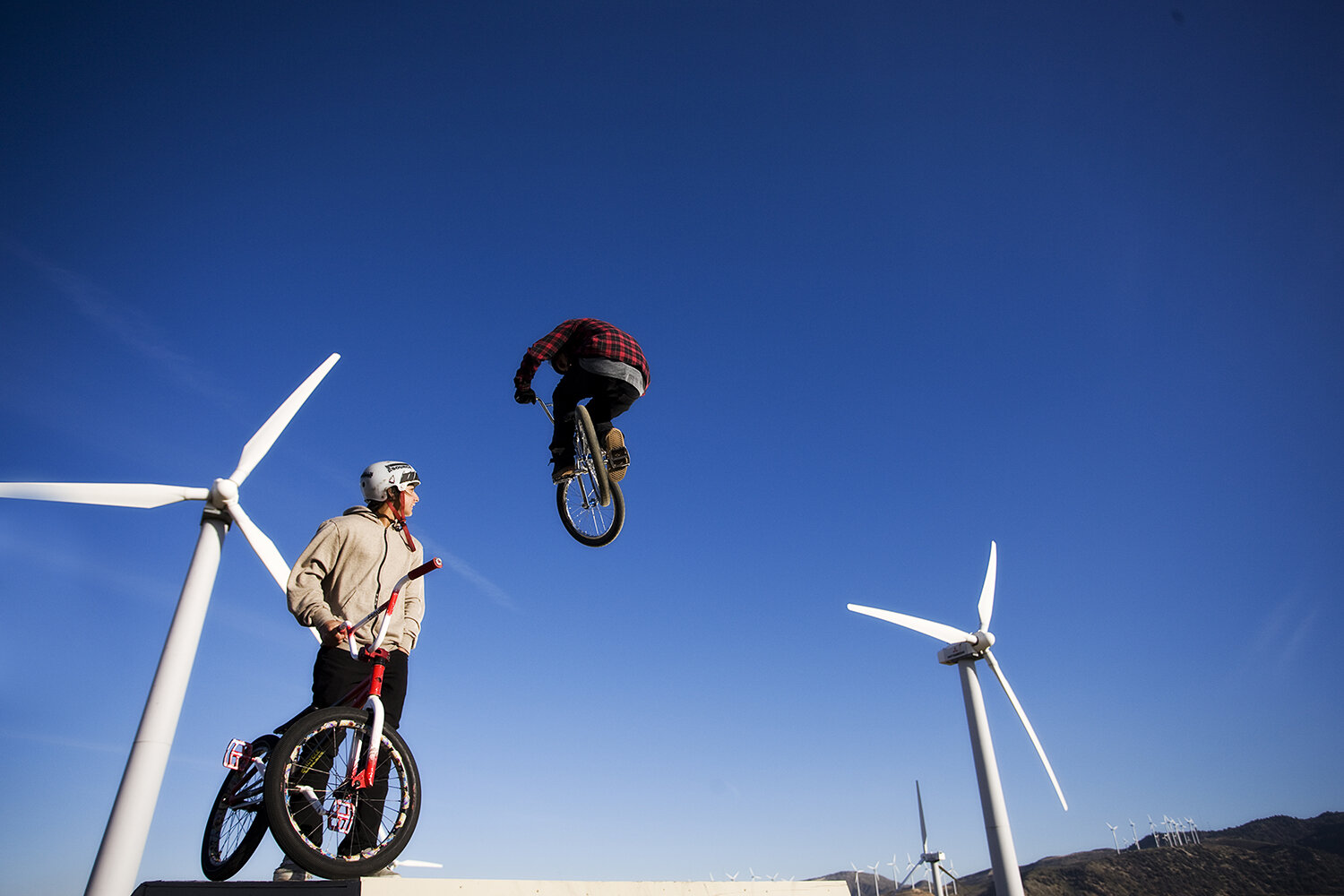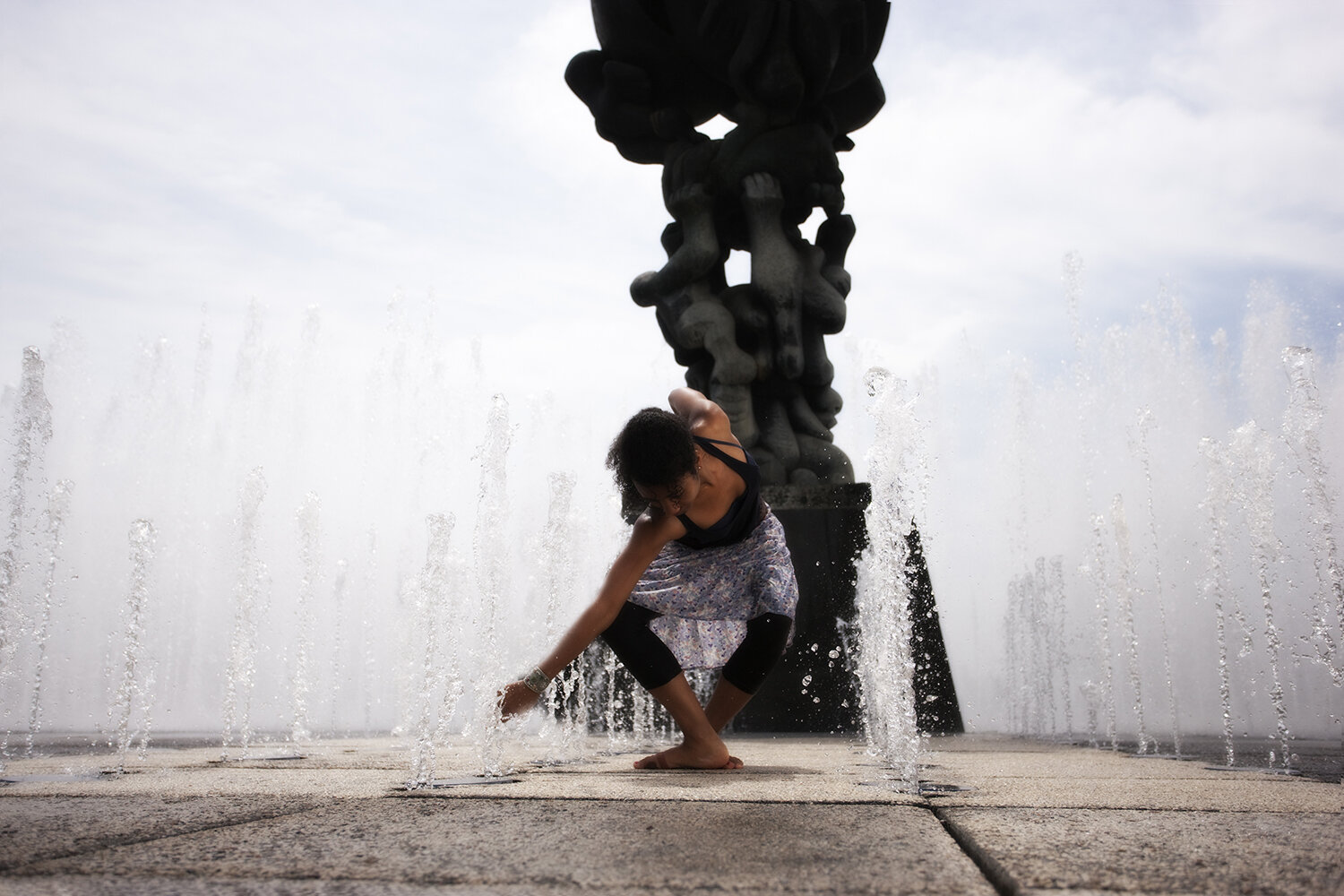The following interview originally appeared on the Profoto Blog. Be sure to check out Part Two as well!
Written by Fredrik Franzén on Monday, February 6th, 2012.
We recently received a series of sports images that caught our attention. The man behind the camera turned out to be Joe Morahan, and we responded to his email with curiosity and a deluge of questions. Luckily for us, Joe was kind enough to answer our questions in detail. You can read excerpts from our email conversation below.
Why sports photography, Joe?
“Back in the day, I played a lot of sports. Baseball, basketball, soccer, lacrosse, skiing, snowboarding and biking, to name a few. I loved sports more than anything. There was a feeling I got when competing that was different to anything else I had ever felt. Keep in mind that I am super competitive, but when I hit the field, it was like a complete escape from all other aspects of my life. I simply forgot about everything in life. It was total immersion. Nothing else mattered. It is this ephemeral feeling of freedom that I’m now trying to capture on a photographic shoot.”
Then how come you prefer set shots to live action images?
“Because it allows me to control my environment completely. I establish all the conditions with which my final product will be formed. It’s vastly different to a shoot conducted at live events, where the lighting is set by the stadium officials, the photographic angles established by management, and where there is zero control over the action.”
©Joe Morahan
Which are the crucial factors for creating a successful sports image?
“Lighting is critical. A photo has to have great quality of lighting to create the impression, the depth of emotion, the shadows, lines and accent that is required.”
“Composition has to be spot on. The more interesting the composition, the longer someone will be enraptured by a particular image. As with most forms of art, there may be rules, but great work somehow defies description. You know it when you see it!”
“Of course, focus is hugely important. A blurry photo is no good. Clarity is so appealing to the eye; creating a ‘gotcha’ moment.”
“Lens choice. I can’t stress that enough. A photographer might move up close and personal to a basketball player, having decided to utilize a wide-angle lens to capture a spectacular dunk. But with some forethought, a more striking image can be had. Perhaps you should move away from the action and rely on a tele-photo lens instead? I think about this all the time. I never just grab a lens. I try to think through the possibilities of why I should use this particular lens for this effect versus that lens for another effect.”
“I also have a bias for distinct color. I love color. It does not always make or break a photo, but color is very important to me all the same. There is no doubt that color can dictate a mood and feeling. It is real and cannot be ignored.”
“Finally, creativity in design and production is critical!”
What is your way of working on the set? Take the image of the basketball player, for instance. How do you create something like that?
“I will set up my tripod and frame up my shot, then close my eyes and picture exactly where the basketball player will be diving through the frame. I will then have the athlete stand in that spot to allow me to work my lights. Once the light is set, I place a quarter on the ground so the athlete knows exactly where he is to start and finish his jump.”
“The next thing I do is that I focus my camera on the player in the frame, switching my lens to manual focus to make sure that the lens does not change focus. This move really helps me get the tack sharp focus I demand from my shots, without giving myself a headache! Also, it saves the athlete from a hundred takes, preserving the athlete’s vigor for quality movements.”
“Once I’ve focused, I switch to manual exposure and close down a stop or two. This is one of the tricks I use to get richly saturated colors. If I were at even exposure, the sky might be a light blue as we would see it in normal conditions. But when closed down two stops, that light sky blue turns into an arresting deep true blue.”
“There is, however, one potential problem with this technique. Outdoors, and under exposing two full stops, your flash needs to somehow overpower the sun. That’s exactly the situation in which you guys help me. Profoto lights are powerful enough to properly expose my subject matter, while leaving all other aspects in my shot under exposed. Without these intensely powerful lights, I would be left with an unacceptably darkened photo.”
Filed Under: PressTagged With: composite, interview, profoto, Sports Photography












